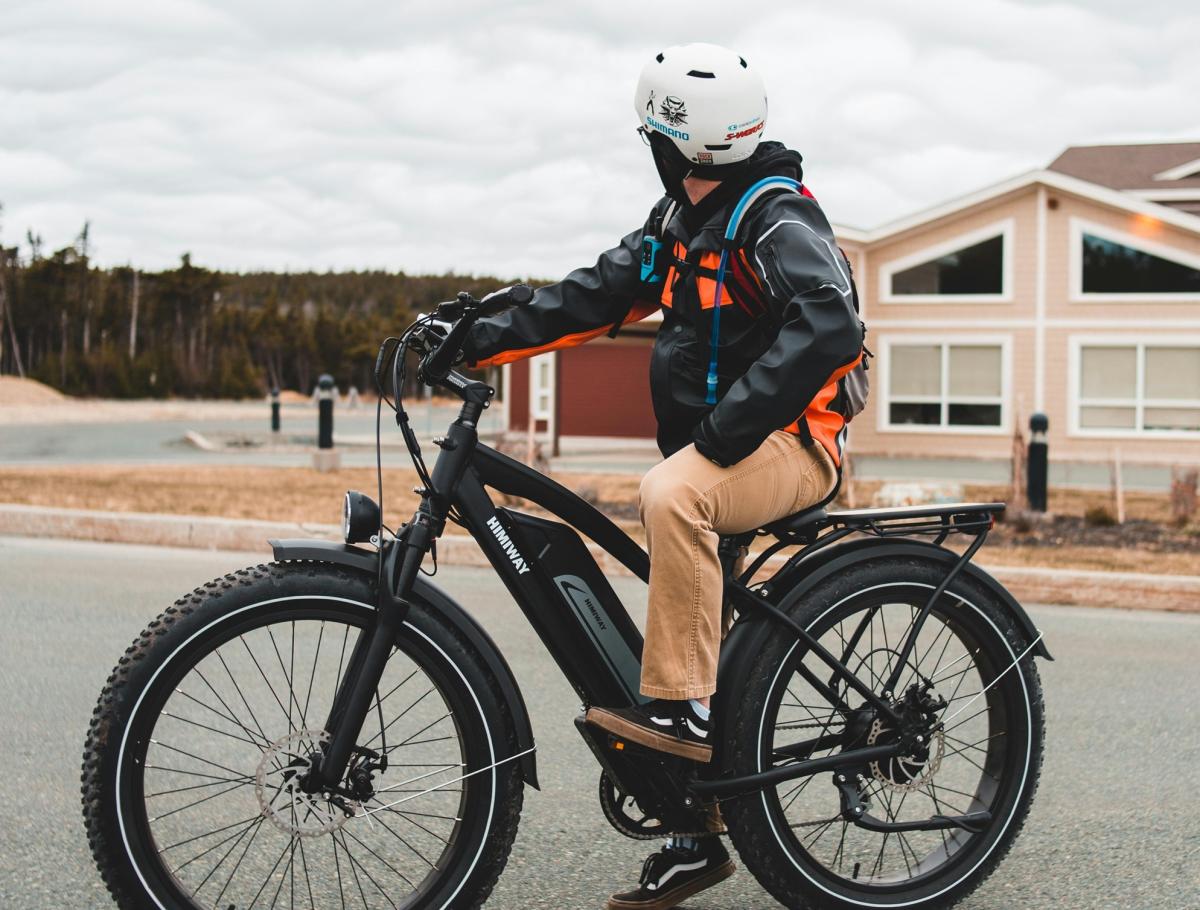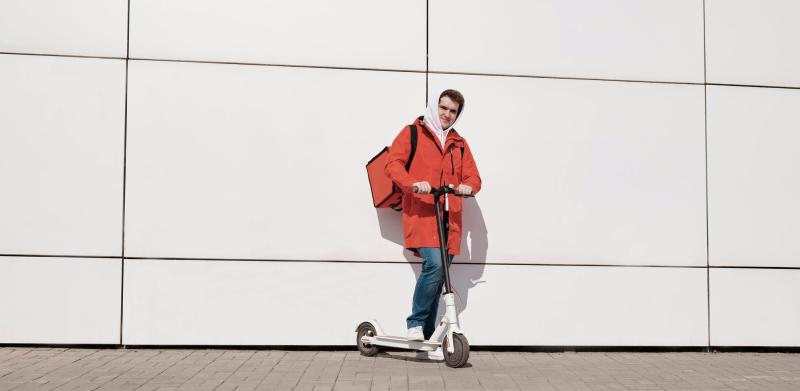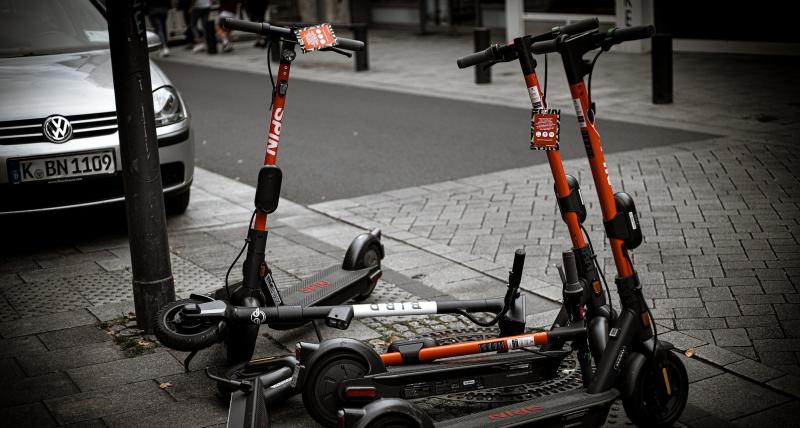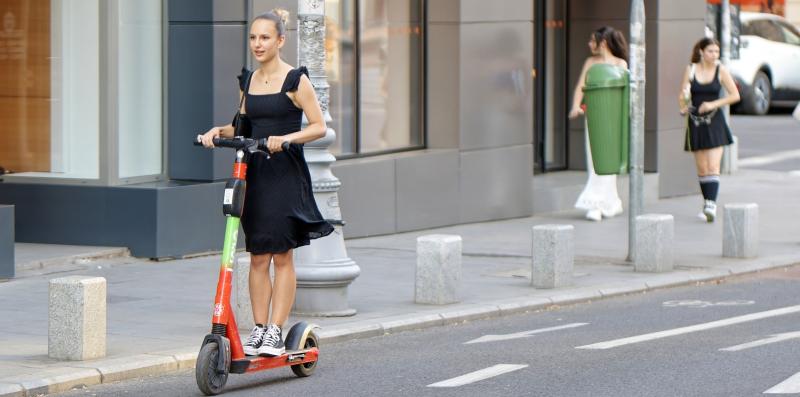Riding an electric bike (e-bike) in the rain can be a fun and practical way to get around, but it requires extra caution to ensure both safety and comfort. While many e-bikes are built to handle wet conditions, wet roads and reduced visibility can pose unique challenges. In this guide, we’ll share practical tips on how to safely ride an electric bike in the rain, helping you navigate rainy days with confidence.
Are Electric Bikes Safe to Ride in the Rain?
Most modern electric bikes are designed to be water-resistant, meaning they can handle light to moderate rain without damage. However, it’s important to note that “water-resistant” is not the same as “waterproof.” Avoid submerging your e-bike in deep water or riding in extremely heavy rain for long periods. As long as you take the necessary precautions, riding in the rain can be safe and enjoyable.
Top Tips for Safely Riding an Electric Bike in the Rain
1. Check Your E-Bike’s Water Resistance Rating
Before heading out in rainy weather, it’s important to understand how water-resistant your electric bike is. Most e-bikes come with an IP (Ingress Protection) rating, which indicates how well the bike’s electrical components are protected against water and dust. An IP rating of at least IP54 means your e-bike is protected from splashing water from all directions, which is generally sufficient for riding in light rain.
Pro tip: Consult your e-bike manual or contact the manufacturer if you’re unsure about the water resistance rating of your bike. Avoid riding in very heavy rain if your bike has a lower IP rating.
2. Dress for the Weather
Staying dry and comfortable is key to having a safe ride in the rain. Here are some clothing and gear suggestions for wet-weather riding:
- Waterproof Jacket and Pants: Invest in quality waterproof outerwear to keep you dry and comfortable. Look for jackets with reflective elements to improve your visibility in low-light conditions.
- Waterproof Gloves: Wet hands can make it difficult to grip the handlebars. Waterproof gloves help keep your hands dry and improve your control.
- Fenders: If your bike doesn’t already have them, add fenders to prevent water and mud from splashing onto you while riding.
- Helmet with Visor: A helmet with a built-in visor can help shield your eyes from raindrops, improving visibility and comfort.
- Waterproof Shoe Covers: Keep your feet dry by wearing waterproof shoe covers or water-resistant cycling shoes.
3. Use Lights for Better Visibility
Rainy weather often means reduced visibility, both for you and for other road users. Make sure your bike is equipped with bright front and rear lights, and turn them on even during the daytime. Reflective gear or clothing can also help improve your visibility to drivers and pedestrians.
Pro tip: Consider using a flashing light mode on your rear light to attract more attention from drivers.
4. Reduce Your Speed and Ride Cautiously
Wet roads can be slippery, especially when combined with oil or dirt that rises to the surface when it rains. It’s important to reduce your speed and ride more cautiously than you would on dry roads. Here’s how to adjust your riding technique for wet conditions:
- Brake Gently: Apply your brakes earlier and more gently than usual to avoid skidding. Sudden braking can cause your tires to lose traction on wet roads.
- Avoid Sharp Turns: Take turns at a slower speed to prevent sliding. Wet roads reduce the grip of your tires, so it's important to make gradual, smooth turns.
- Watch for Puddles: Puddles can hide potholes, debris, or slick spots. Try to avoid riding through large puddles when possible.
5. Check Your Tires and Brakes
Wet weather reduces traction, so it’s crucial to ensure your tires are in good condition before riding in the rain. Here are some quick tips:
- Tire Tread: Make sure your tires have enough tread for gripping wet surfaces. Tires with worn tread will have less traction and are more likely to slip on wet roads.
- Lower Tire Pressure: Reducing your tire pressure slightly can increase traction by allowing more of the tire to make contact with the road. However, avoid going too low, as this can make the bike harder to control.
- Brake Maintenance: Wet conditions can affect your brakes, especially if you have rim brakes. Make sure your brakes are responsive and in good condition before setting out on a rainy ride.
6. Protect Your Battery and Electrical Components
While most e-bike batteries and electrical components are designed to handle rain, it’s still a good idea to take extra precautions to protect them. Here’s how:
- Cover the Battery Port: If your battery is removable, make sure the battery port is covered and secured before riding. Water can cause damage if it seeps into the connections.
- Use a Waterproof Cover: Consider using a waterproof cover for your battery or display screen to provide extra protection in heavy rain.
- Dry Off After the Ride: After riding in the rain, dry off your bike, especially around the battery and electrical components. This helps prevent corrosion and extends the life of your e-bike.
7. Plan Your Route Carefully
When riding in the rain, it’s important to plan your route to avoid areas that might be hazardous in wet conditions. Here are some tips for safer routing:
- Avoid Busy Roads: If possible, choose quieter streets or bike paths where there’s less traffic. Rain reduces visibility for drivers, so minimizing interaction with cars can reduce the risk of accidents.
- Look for Roads with Good Drainage: Roads with poor drainage can accumulate large puddles, which are dangerous to ride through. Choose routes where water is less likely to pool.
- Be Aware of Metal Surfaces: Manhole covers, grates, and railway tracks become extremely slippery when wet. Try to avoid riding over them, or cross them slowly and carefully if necessary.
8. Know When to Stay Home
While many e-bikes can handle light to moderate rain, there are times when it’s better to wait for the weather to clear. If the rain is heavy, visibility is poor, or you’re concerned about flooding, it’s safer to skip the ride and wait for better conditions. Your safety should always come first.
Real-Life Example: Safe Rainy Commutes with an Electric Bike
Mark, a daily commuter from Portland, Oregon, rides his electric bike rain or shine. By equipping his e-bike with full fenders, bright front and rear lights, and waterproof gear, he’s able to stay safe and comfortable even on the wettest days. Mark reduces his speed, avoids busy roads, and rides cautiously when it rains. Thanks to these precautions, he’s been commuting safely by e-bike for years without incident, even through the city’s rainy winters.
Conclusion: Riding Safely in the Rain with Your Electric Bike
Riding your electric bike in the rain doesn’t have to be daunting. With the right preparation, equipment, and riding techniques, you can enjoy a safe and comfortable ride, even in wet conditions. By following the tips outlined in this guide—dressing appropriately, using lights for visibility, adjusting your speed, and protecting your e-bike’s electrical components—you’ll be ready to tackle rainy days with confidence.
Remember, while your e-bike is built to handle rainy weather, safety always comes first. Ride cautiously, and if conditions become too severe, don’t hesitate to wait for better weather. Stay safe and happy riding!



